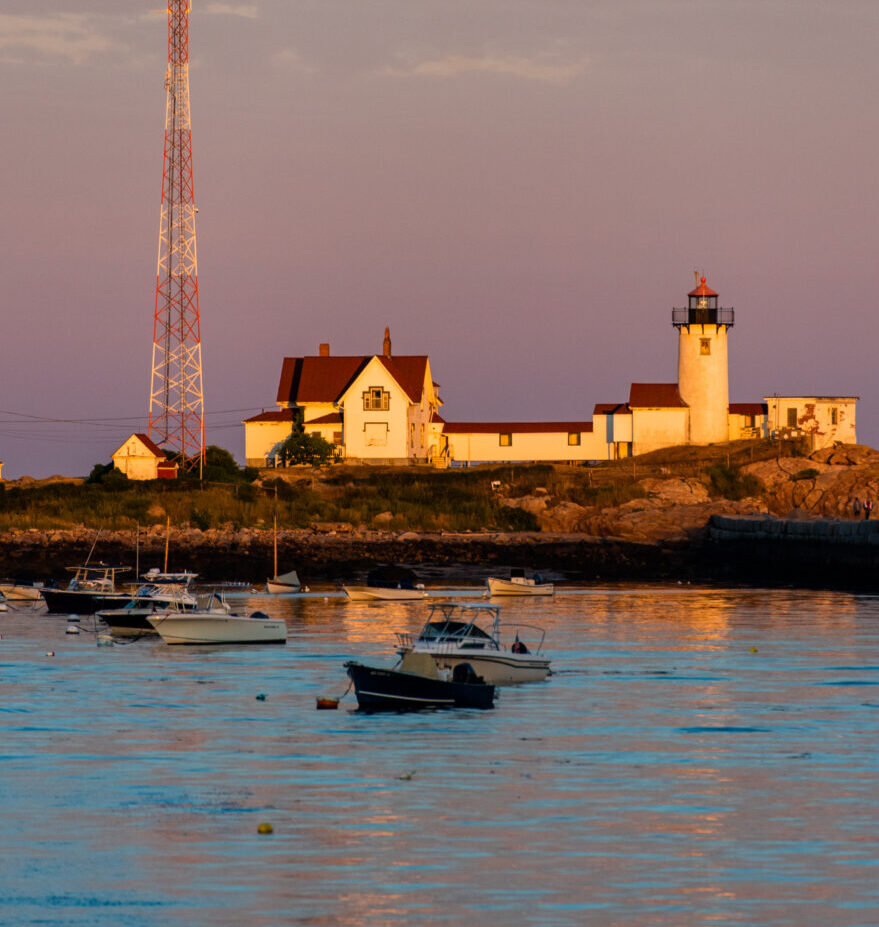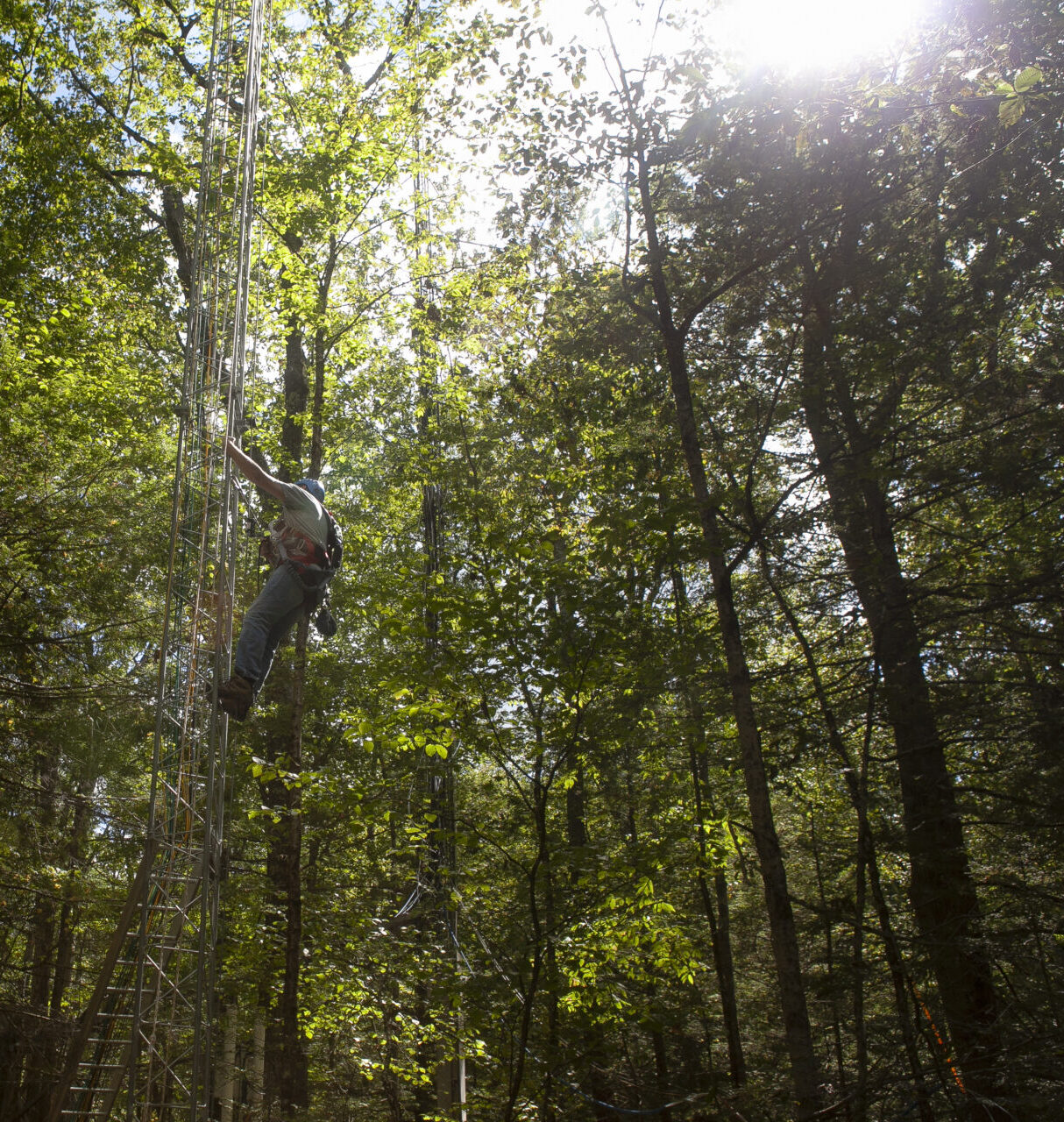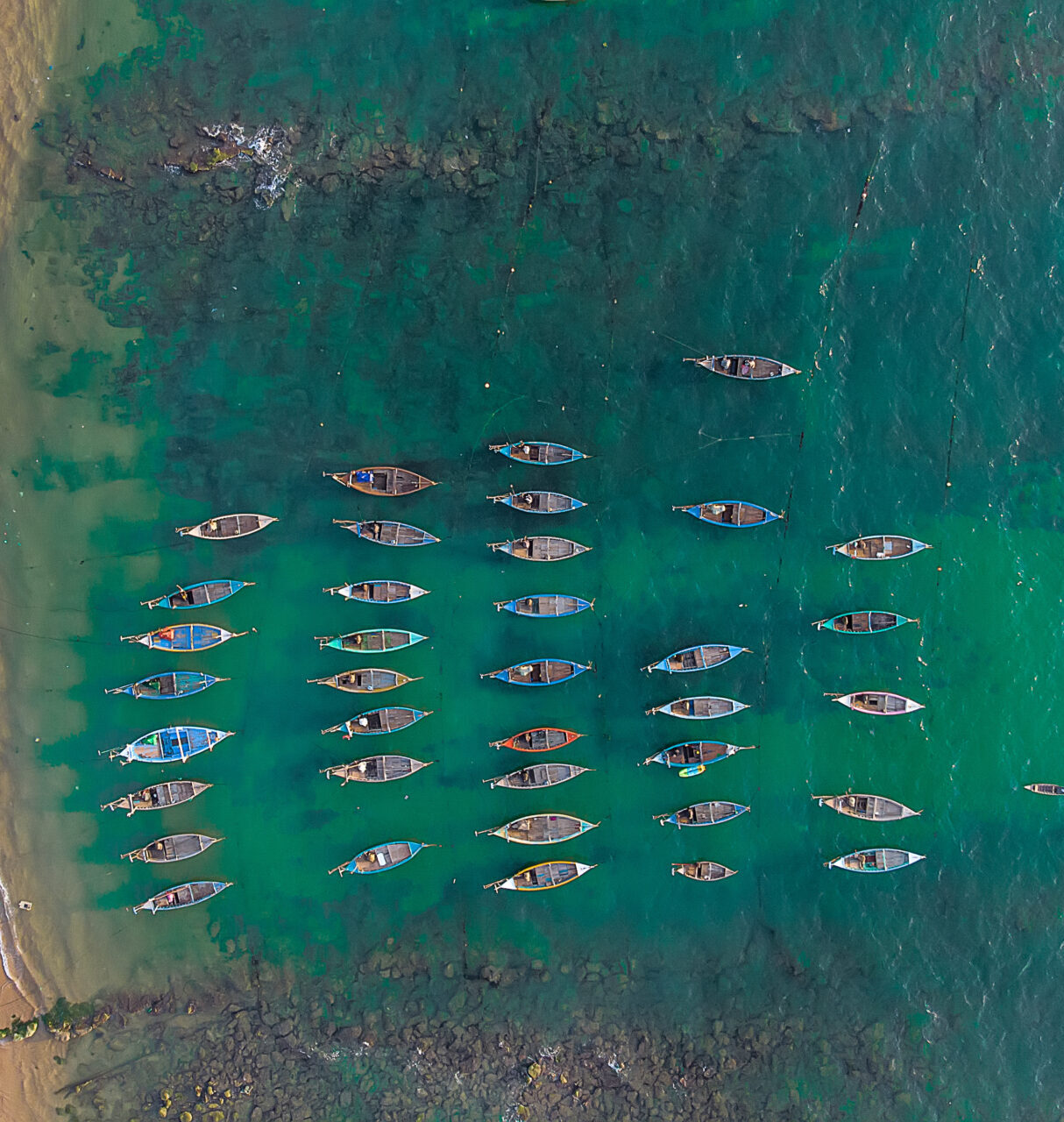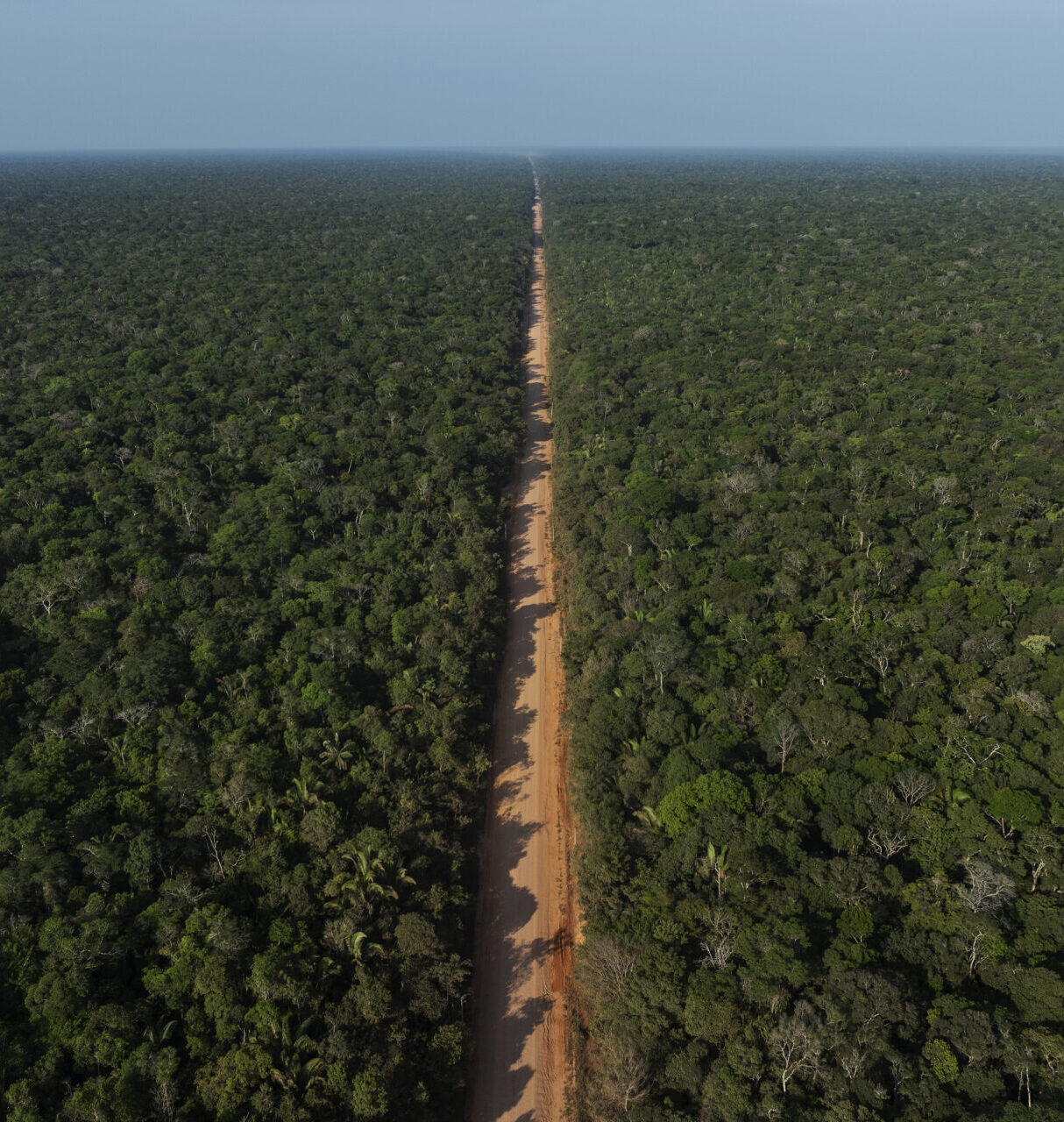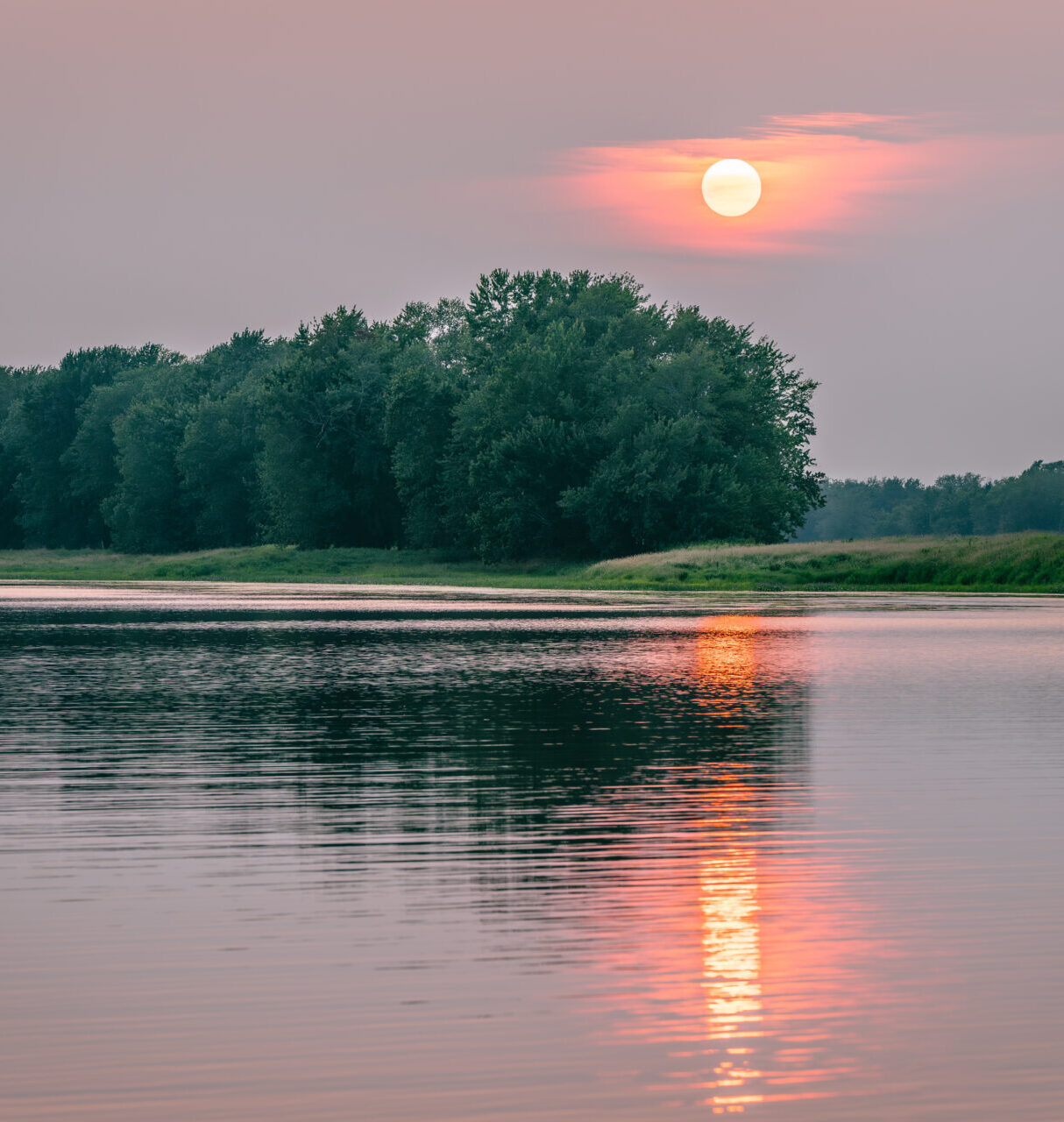Don’t ignore local communities: How grid projects get stuck
It was ambitious, but straightforward: Green the electricity grid by building a high-voltage transmission line carrying clean wind power from Kansas to customers in Missouri, Illinois, and Indiana.
That was the plan.
Instead, the proposed 780-mile Grain Belt Express has been held up for over a decade, the subject of bitter disputes: local communities feeling deceived by the developer, regulators arguing over jurisdiction. The delay has likely added billions of dollars to the cost.
To fight climate change, the world must transition away from fossil fuels. By turning to renewable energy sources like wind, solar, and hydropower, dirty coal- and gas-fired power plants can be replaced with green electricity.
But whereas a coal-fired power plant was once built where its energy was needed – near an industrial site or a city – sources of renewable energy are often far away. Long-distance electricity transmission connections are needed to bring wind power from the Great Plains and solar power from the southwest to urban areas that can be hundreds or even thousands of miles away.
A forthcoming study by researchers at Harvard’s Salata Institute for Climate and Sustainability and MIT’s Roosevelt Project explains why building these new lines takes far too long in the United States. In four detailed case studies drawn from across the country, the researchers unpack how proposed projects are beset by multiple setbacks and, in many cases, local opposition. They describe how grid developers routinely overlook the communities that will host the new infrastructure, fueling opposition and delays: Many projects were conceived and initiated without local community input. All this adds to cost and slows the energy transition.
The study was led by political scientist Stephen Ansolabehere, the Frank G. Thompson Professor of Government at Harvard University, who spoke with the Salata Institute about his team’s key findings and recommendations for how grid developers can smooth expansion in the future. Ansolabehere will dive deeper into this topic in one of over 50 Harvard Climate Action Week events taking place across the University and online next week. Livestream the session, “Transitioning the Grid,” on the Salata Institute website at 10:00 AM ET on Tuesday, June 11.
Starting with the big picture, why is it so hard to construct long-distance, high-capacity electricity infrastructure in this country?
There are two big obstacles. One is permitting – getting the state and federal permits that allow you to build. The permits can cover things like endangered species or be simple construction permits. And the other obstacle is the siting process: You must go to every community to purchase and acquire rights to land. Maybe the line has 90% of the land it needs, but there’s that last 10% where the state has to invoke eminent domain. That is the last resort; nobody wants to do that. And when you’re running a long-distance line, you’re going not just through one state, you’re going through multiple states, so that only magnifies the difficulty of getting all that permitting and siting done.
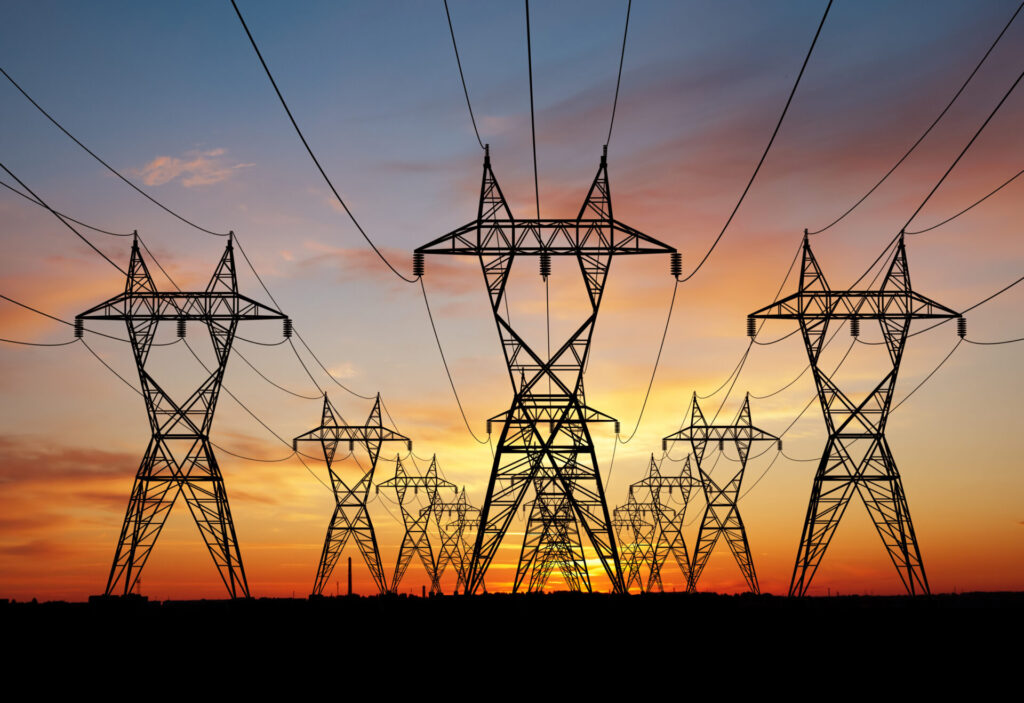
What kind of permitting holdups happen at the federal level?
An example is when a proposed line crosses federal land, like a national park, or national wildlife reserve. That comes up in our Gateway West case study. That crossing was a strategic decision by the developer, in this case the utilities, to avoid private land. But that triggered endangered-species reviews because the proposal ran through the habitat of the threatened sage grouse. Environmentalists used that to slow down the project.
The deeper reason isn’t the existence of the permitting process or the existence of the siting process, but the way potential opponents use the processes to slow decisions. In this case, environmentalists who didn’t want the line at all used the federal siting process to force a debate. Sometimes it’s just a small piece of a line, but because the lines are long and narrow, and there may not be other easy routes, they’re forced to go through that one controversial space.
The Biden administration is trying to hasten permitting by limiting the time a federal review can last. But when a delay is at the state level, is there much the federal government can do?
There are different studies about which part of this process is causing the big delays. You can’t say it’s all permitting, or it’s all siting, or it’s all federal, it’s all state. But it’s pretty clear that shortening the timeframe for federal permitting could ease things considerably. You’d still have to go through the state permitting process, but shortening any stage would be helpful by reducing the risks facing investors. If a developer has got to face indefinite permitting processes at both the state and federal level, then they’re taking on twice as much risk than were they facing an indefinite state process but a very fixed and short federal process. That risk increases borrowing rates and ultimately increases costs for the consumer.
How much new transmission infrastructure does the country need?
There are two parts to this. One is the electricity infrastructure – the lines, generating plants – needed to meet growing demand. And by 2050, most projections from the Department of Energy and other agencies project needing about 25% more electricity capacity.
Before the 1970s and ‘80s, we overbuilt capacity. Over time, we’ve been benefiting from that excess capacity. Now we’re at the point where we don’t have much excess capacity anymore, so we need to build more lines.
The 25% might be an underestimate as we shift toward more intensive electricity demand around things like AI and data centers. That’s a shift that’s got people scared right now: Can utilities meet demand for new tech applications? These things are super energy intensive.
The other driver here, though, is decarbonization. Cutting fossil fuels from the electricity grid will require running power lines to connect us to offshore wind, to onshore wind, to solar farms. For many eastern cities and industrial areas, those renewables are far away compared with existing coal- or gas-fired power plants. So that means building a lot of new lines. There have been several high-quality studies of this. Based on that 25% demand growth figure, it looks like we need to double the miles of power lines in the United States.
And that’s because distances to generating facilities are greater for renewables?
Yes, it’s the distances – to make full use of our enormous wind capacity in the Plains states, or offshore wind, or the enormous hydroelectric capacity in Canada, or the enormous solar capacity in the southwest. You’re going to need to build long lines connecting Arizona to LA, connecting Nebraska to Chicago, things like that.
Why was there over-capacity in the past? What’s changed?
Until the 1970s, when the federal government started passing legislation to counteract some of the environmental degradation occurring, it was a lot easier to build. Also, states started to impose new regulations around development – especially as places became more crowded and there wasn’t as much space. Constructing new lines was creating conflicts and they needed to have processes in place that smoothed over those conflicts. In the 1950s and ‘60s, new lines expanded at about 5% a year. By the ‘80s, that fell to about 1%. Since the turn of the century, it’s been less than 1%; it’s going to have to rise again, to a 5 or 6% growth rate, to meet demand projections. That is certainly feasible. We’ve lived through such power-line expansion before, but it’s going to require shifting a lot of legal structures.
Earlier you nodded to a tension between environmentalists and climate activists: Do we protect land and unique habitats, or do we cut emissions from fossil fuels – averting the worst effects of climate change – by building power lines through special places to tap into clean energy? It seems like we cannot always do both.
In our case study interviews, we saw real conflicts within environmental groups. There are factions that strongly support minimizing any kind of development to minimize habitat disruption. And there are others who are for aggressive electrification and building a lot of power lines, which disrupts habitats. That division shows up at the national level as well. It’s one of the key things that the federal government and state governments need to work through – exactly how they balance those two values.
What about upgrading existing lines to carry more capacity? While that will not bridge major distances, is that a feasible solution in some cases? Is that easier to permit?
Yes, but the distance problem remains. If you refurbish your existing capacity, you might only be connected to a gas power plant or a coal power plant because that’s where the line leads. So, you’re not actually decarbonizing.
But there are a lot of long-distance lines that are pretty old at this point, ones that were built in the ‘50s and ‘60s. They tend to be lower capacity and less efficient, so there’s a lot of improvement to be made. And a lot can be done within cities, within suburban areas, where improved efficiency could lead to significant increases in capacity and eliminate loss.
Much of this would be easier to permit. Also, siting is easier because you don’t need to find a new location, you’ve already got towers up. You might have to build new towers; might have to get those re-permitted and reapproved for construction permits. But it’s not nearly as complicated as finding a new location.
Some of the long-distance lines in your case studies have taken 15 years to permit. What do these kinds of delays mean for consumers and for the energy transition?
One of the big problems we’re seeing in areas without enough transmission lines is decreasing reliability. All power lines can be hit by natural disasters and need repair and replacement. But you also see price spikes where you don’t have sufficient capacity. If it’s a hot day and the utility doesn’t have enough capacity for an increase in air conditioning use, it must find electricity somewhere; it ends up being forced to buy at a premium somewhere on the market. If you have surplus capacity and can connect to faraway grids, then you can get that electricity much more cheaply and more reliably. You can avoid outages during storms and such.
You report that sometimes utilities seem to fear competition and create obstacles to new long-distance development. Can you walk us through an example from your case studies?
Maine makes a great example. The proposed line there would connect hydroelectric power in Canada to Massachusetts. In Maine, some of the incumbent electricity providers funded the opposition. These providers had a vested interest in opposing new development that would lower the price they could charge for electricity.
It led to bizarre political alignments. The owner of the Seabrook nuclear power plant ended up siding with the Sierra Club and other organizations that opposed nuclear power in the ‘70s. Now they were working together to oppose hydroelectric power. They had very different interests, but they had a common interest in opposing it.
Your case studies and findings examine how developers engaged – or didn’t engage – local communities. Why is that important?
Traditionally, one way of thinking about local engagement is to get people on board so they don’t oppose you and slow things down. NIMBYism or local opposition can be a brake on a power line. These things take a long time. The challenge could come from any small segment of the line; you don’t know where this opposition is going to arise. And you had to minimize that. That’s kind of a strategic way of thinking about public engagement. And we certainly heard a lot of that in Maine and other places we studied.
But there’s a second way to think about local engagement: Engagement is better for everybody, including the developers. It’s an opportunity for them to learn how to better develop the line. Local communities know places to avoid, where it’s going to burn, where there’s a spring that’s not on a map.
In the case of Maine, the state was the runner-up location for the developer, after New Hampshire said no. By the time the developer got to Maine, it was working with a short window to get the proposal together. It didn’t consult with the communities. When residents finally learned where the planned line was going to run, people were furious because it was through a state forest and not along the highway. People started saying things like, ‘Why didn’t you put it on the right of way?’ ‘Why’d you put it here where there’s a fire hazard?’ These types of things the developer could have learned by talking with people at the beginning and taking time to vet the route.
That’s a big contrast to what’s been going on in Texas over the last 20 years. There, the state has required developers take many power-line proposals to local communities and ask for feedback. That gives developers a chance to refine the proposals before they are set in stone. Because once you get through the later parts of the design and permitting process, it’s hard and expensive to change the location or configuration.

